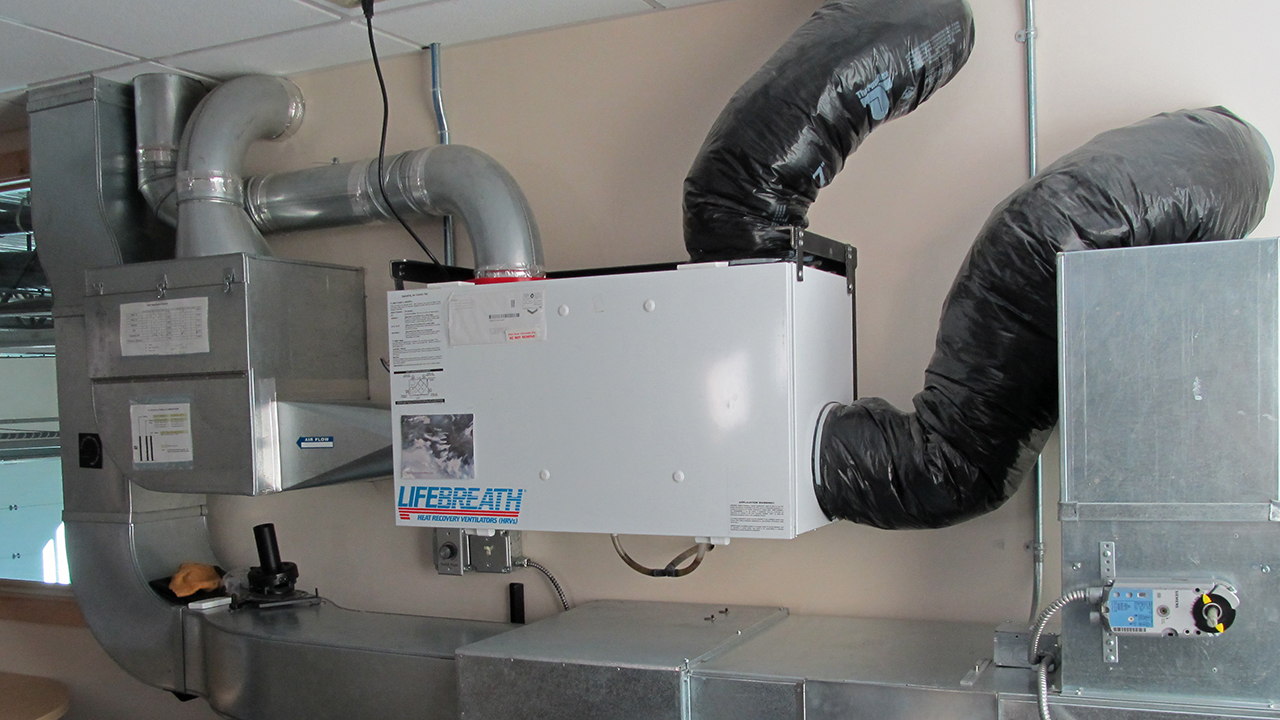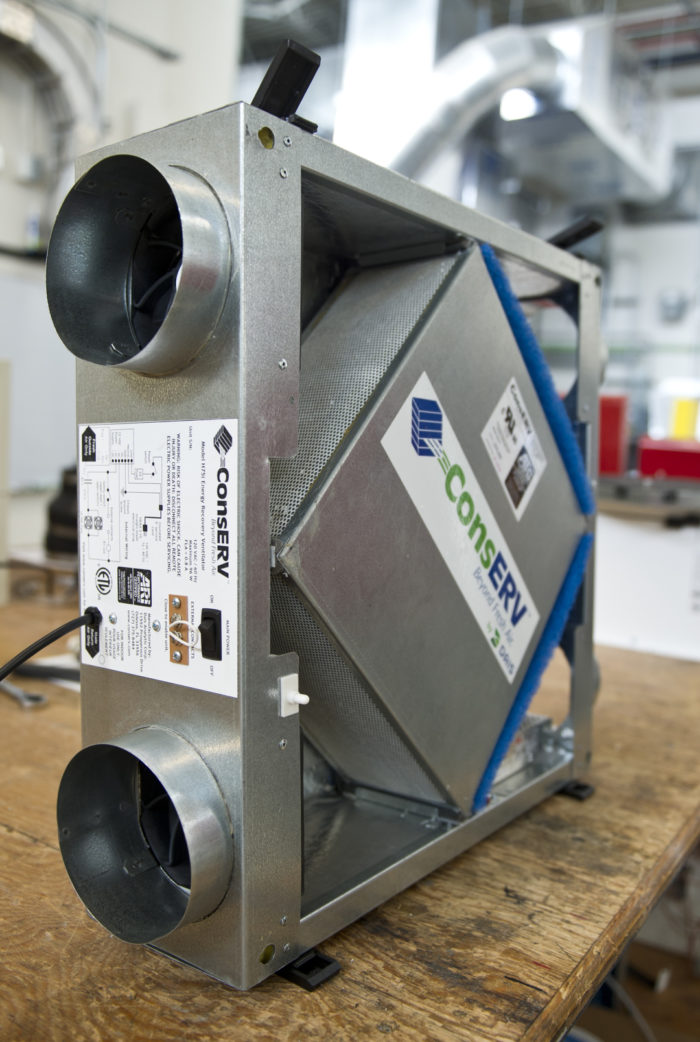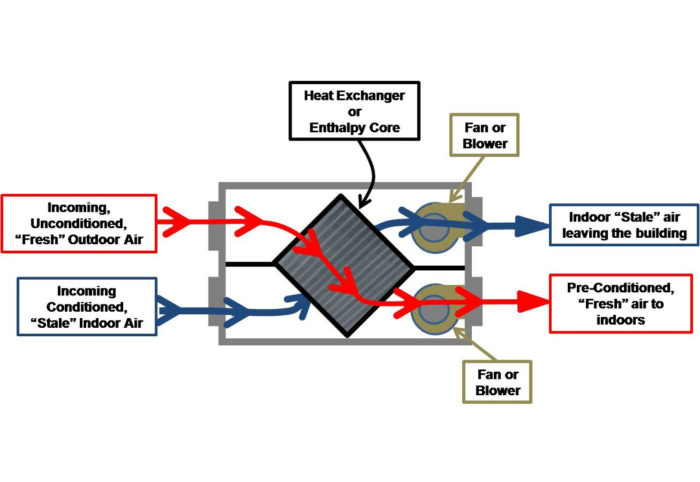The All-Inclusive Overview to the Uses of Heat Recovery Ventilation in Modern Buildings
Heat Recovery Ventilation (HRV) systems represent a considerable improvement in building innovation (HRV Heat Recovery Ventilation). They give a technique for trading stagnant indoor air with fresh exterior air while minimizing power loss. This technique not only boosts indoor air top quality but additionally adds to energy performance in both household and industrial structures. Understanding the numerous applications and advantages of HRV can disclose its essential duty in contemporary layout and sustainability initiatives. The ramifications of this technology are worth checking out better
Comprehending Heat Recovery Ventilation Systems

Although lots of contemporary buildings focus on power performance, comprehending warm healing ventilation (HRV) systems is crucial for optimizing interior air top quality and lowering power consumption. HRV systems function by moving heat from stale indoor air to incoming fresh air, successfully preserving comfy interior temperatures while decreasing power loss. These systems are composed of a warm exchanger, followers, and ductwork that facilitate the blood circulation of air. Throughout wintertime, HRV units record and recycle warmth from the outward bound air, while in summer season, they can help cool inbound air. By constantly exchanging air, HRV systems additionally lower moisture and the focus of indoor toxins. Proper installment and upkeep of HRV systems are essential for their effectiveness and efficiency in boosting total structure efficiency and convenience.
Benefits of Heat Recovery Ventilation
Heat recovery ventilation systems offer various advantages that improve both energy efficiency and interior air top quality in modern structures. By recording and recycling power from exhaust air, these systems significantly minimize heating & cooling costs, bring about lower energy usage. Moreover, they keep a steady flow of fresh outside air, decreasing the risk of interior air pollutants and irritants. This continual exchange helps manage humidity levels, protecting against mold development and making certain a healthier living environment. Additionally, HRV systems add to sustainability goals by decreasing total carbon impacts. Their ability to enhance ventilation without giving up thermal convenience makes them a beneficial addition to contemporary structure style, promoting both economic and environmental benefits.
Applications of HRV in Residential Structures
As property owners significantly focus on power effectiveness and interior air high quality, the applications of heat recovery air flow (HRV) systems in residential buildings have come to be more widespread. HRV systems are particularly beneficial in firmly secured homes, where preserving fresh air flow is necessary for avoiding dampness build-up and interior contaminants. They effectively move heat here are the findings from outgoing stale air to incoming fresh air, reducing energy prices connected with heating and cooling. In addition, HRVs can boost convenience degrees by regulating moisture and temperature. They are additionally adaptable for various household styles, including single-family homes and multi-unit buildings. Overall, integrating HRV systems supports sustainable living methods while guaranteeing a much healthier interior setting for residents.
HRV in Commercial and Commercial Setups
In industrial and commercial setups, the execution of warm recuperation air flow (HRV) systems has ended up being increasingly vital for maximizing energy performance and keeping air top quality. These systems properly move heat from exhaust air to incoming fresh air, minimizing the demand for extra heating or air conditioning. This not just decreases energy expenses however additionally adds to sustainability initiatives. Industries such as production, warehousing, and office buildings profit considerably from HRV systems, as they help control temperature level and humidity degrees, making sure a comfy and productive atmosphere. HRV systems help in getting rid of contaminants and excess moisture, boosting indoor air high quality. As regulations around air high quality end up being stricter, the adoption of HRV modern technology is likely to expand, making it an important component of contemporary industrial and industrial facilities.
Future Patterns in Heat Recovery Ventilation Innovation

Regularly Asked Concerns
How Does Heat Recovery Ventilation Influence Indoor Air Top Quality?
Heat recovery ventilation substantially enhances interior air top quality by continuously exchanging stagnant indoor air with fresh outdoor air while recovering energy. This procedure lowers pollutants, preserves perfect humidity levels, and ensures a healthier environment for occupants.
Can HRV Equipments Be Installed in Existing Structures?
HRV systems can certainly be mounted in existing structures. Retrofitting might call for adjustments to ductwork and ventilation designs, yet it substantially improves energy efficiency and indoor air quality, making it a sensible option for older structures.
What Maintenance Is Required for HRV Equipments?

Are There Details Climates Where HRV Is Much More Efficient?
Heat recovery ventilation systems are especially effective in climates with substantial temperature distinctions in between seasons. find more information These systems enhance energy effectiveness by recouping heat from exhaust air, making them suitable for both chilly and moderately warm settings.
Exactly How Do HRV Systems Affect Energy Costs?
